The ASRock Z490 Taichi Motherboard Review: Punching LGA1200 Into Life
by Gavin Bonshor on May 27, 2020 9:00 AM ESTVisual Inspection
The ASRock Z490 Taichi is an ATX motherboard which encompasses its namesake as one of the most unique styled ranges on the market today. It follows the quintessential Taichi design, with a darker contrast from some of the first iterations from the X99 and Z270 days. On older Taichi models, it featured the majority of the design printed onto the PCB, but looking at the Z490 Taichi, it includes a contrasting design including copper, silver, and black colors. ASRock has included a large cogwheel embossed across its plastic PCIe slot armor and aluminium M.2 heatsinks, all set on an all-black PCB. For users looking to add to the Z490 Taichi's integrated RGB LEDs with two areas in the rear panel cover, one within the chipset heatsink, and another strip at the right-hand side, are two standard RGB and two ARGB LED headers.
Across the board is a plethora of expansion slots and features, including three-full length PCIe 3.0 slots which operate at x16, x8/x8, and x8/x8/+4, with a further two PCIe 3.0 x1 slots. Each of the full-length slots has ASRock Steel Slot protection for extra reinforcement and an added layer of protection when installing a large and heavy graphics card. In the top right-hand corner are four memory slots which include support for DDR4-4666, with capacities of up to 128 GB in total. This includes support for memory with XMP 2.0 profiles, as well as some qualified ECC UDIMM memory kits (best check the latest online QVL list to see which ones).
Located around the edge of the ASRock Z490 Taichi is a variety of front panel connectors including two USB 3.2 G1 headers which allow users to leverage a further four Type-A ports, while a single USB 3.2 G2 Type-C front panel header is also present. A total of two USB 2.0 headers which gives four extra ports, while the board also includes a Thunderbolt AIC 5-pin connector for users looking to add a TB3 add-in card to the system.
For cooling is eight 4-pin fan headers which are split between one dedicated to a CPU fan, one for an additional CPU fan or water pump, and six for regular chassis fans. At the bottom right-hand corner of the board are a two-digit LED Debugger, a power button, and a reset switch.
Around the PCIe slot area is three PCIe 3.0 x4 M.2 slots which are complemented with their own M.2 heatsink, with the top slot PCIe 4.0 enabled for support with Intel Rocket Lake when these new processors are launched. The top slot also has support for Intel Optane modules, while the bottom two PCIe 3.0 x4 M.2 slots also feature support for SATA based M.2 SSDs. The ASRock Z490 Taichi also features eight SATA ports, with six from the Z490 chipset which supports RAID 0, 1, 5, and 10 arrays, with the other two coming from the inclusion of an ASMedia ASM1061 SATA controller.
For the power delivery on the Z490 Taichi, ASRock has gone with a 12+2 phase design. The CPU section is using an Intersil ISL69269 with twelve Vishay SIC654 50 A power stages, with six ISL6617A doublers. For the SoC section, ASRock is using two Vishay SIC654 50 A power stages running from one ISL6617A doubler, which means the ASRock Z490 Aqua power delivery is running in a 6+1 configuration. This equates to a maximum CPU Core output of 600 A, which is more than capable for overclockers looking to push the new Intel Comet Lake desktop processors.
Cooling the power delivery is an L-shaped pair of heatsinks which are interconnected by a single heat pipe, with two cooling fans which are designed to push air over the fins of the heatsink for better heat dissipation. This solution looks deceptively light, but it does have bulk with large aluminium cooling fins, which are solid in construction. The fans only turn on at high VRM temperatures.
Looking at the onboard audio of the ASRock Z490 Taichi, it is using the commonly used premium Realtek ALC1220 HD audio codec. In terms of capacitors, it is using three gold Japanese audio capacitors, with four higher premium WIMA capacitors. There is some physical audio PCB separation from the rest of the board's components, and ASRock has included an ESS Sabre 9128 DAC which is designed to bolster the front panel audio. Covering the audio section is a plastic cover, which provides no isolation for the audio componentry, but it looks neater and fits more in with the overall design of the board.
On the rear panel is an impressive array of outputs and inputs, including a USB 3.2 G2 20 Gbps Type-C, two USB 3.2 G2 Type-A, and five USB 3.2 G1 Type-A ports. Powering the five 3.5 mm audio jacks and S/PDIF optical output is a Realtek ALC1220 HD audio codec, with an ESS Sabre 9218 DAC which bolsters the front panel header. It includes a BIOS Flashback button, with a PS/2 combo port and a pair of video outputs consisting of an HDMI, and a DisplayPort 1.4 output. For networking, ASRock includes a Realtek RTL8125BG 2.5 G and an Intel I219-V Gigabit Ethernet controller pairing, with an Intel AX201 Wi-Fi 6 wireless interface which has support for BT 5.1 devices. The rear panel also includes an integrated rear IO shield.
What's in The Box
Included with the ASRock Z490 Taichi accessories bundle is four SATA cables, three M.2 mounting screws, a Torx screwdriver for installing M.2 drives, as well as a manual, driver installation disc. It also includes two velcro cable ties, an NVIDIA SLI bridge, and the Intel AX201 Wi-Fi 6 wireless interface antenna.
- Installation manual
- Software installation manual
- Driver/Utility installation disc
- Four SATA cables
- Torx screwdriver
- Three M.2 screws
- Two Velcro cable ties
- ASRock postcard
- ASRock Sticker sheet
- Intel AX201 Wi-Fi 6 antenna


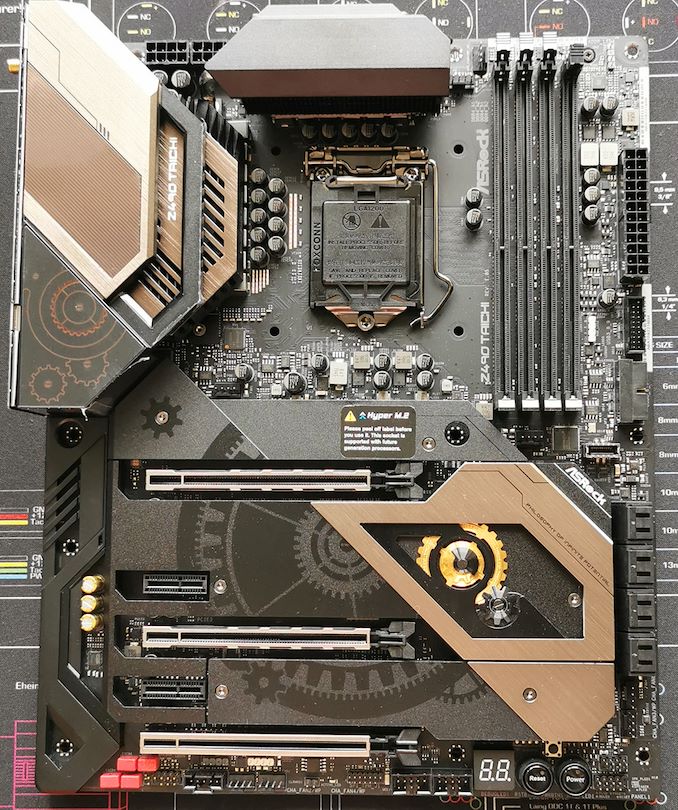
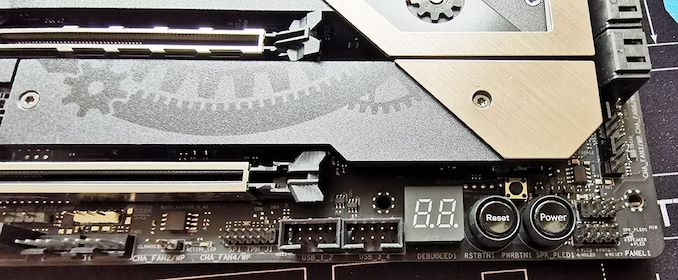
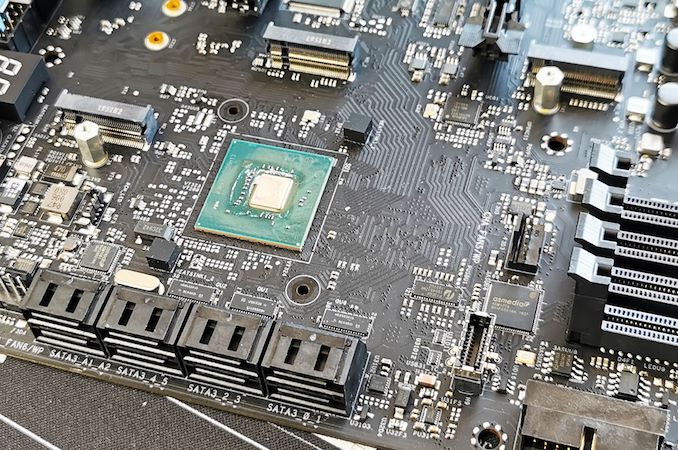
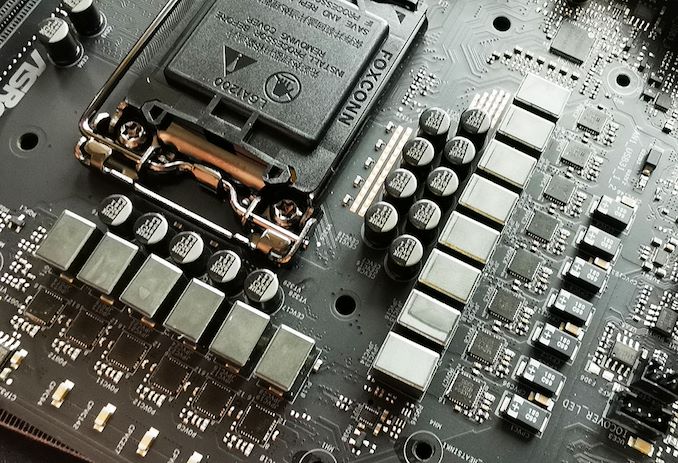
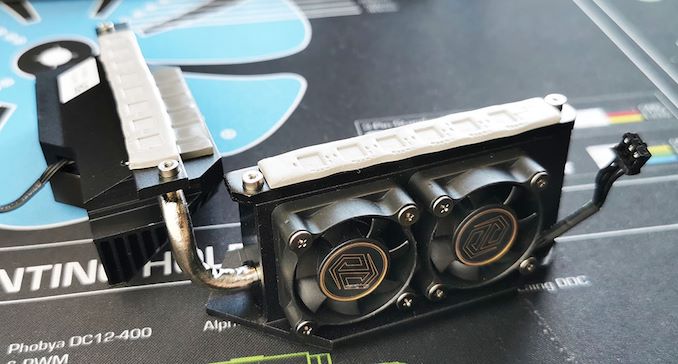
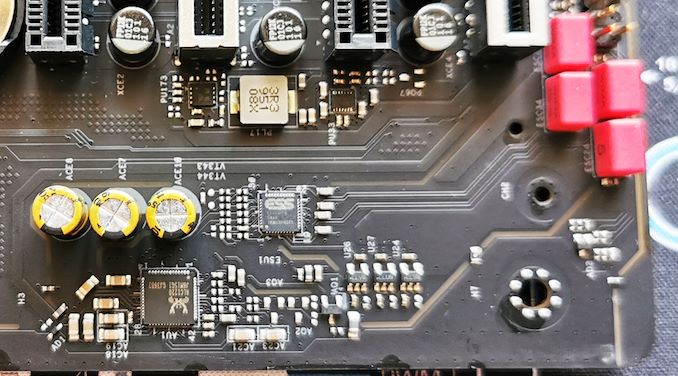

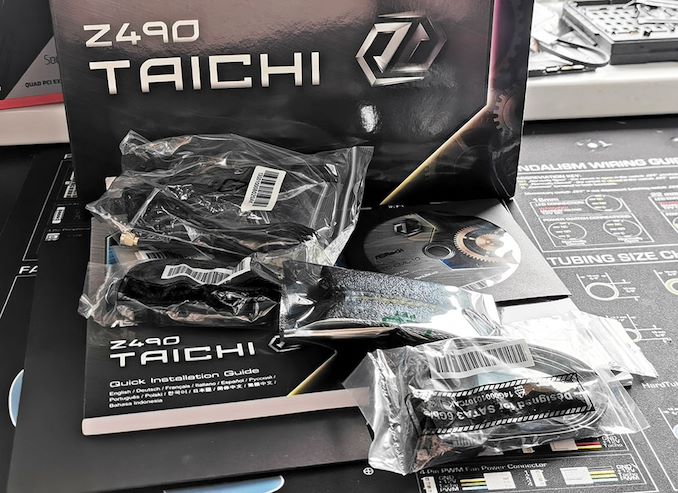








57 Comments
View All Comments
lmcd - Wednesday, May 27, 2020 - link
Honestly this is the most inane post I've ever read. Times haven't changed for the better, Raven Ridge support took over a year after the SoC was released. I own two Raven Ridge devices. I would know.Even when AMD support hits mainline, it's in such a late kernel version that you better hope this "sane" distro you're referring to is willing to backport support in an update.
Dunno what you mean about the Nvidia driver being painless to use. Its Wayland support is still comparatively unstable in Gnome and pushes KDE Wayland support from mediocre to bad. It also requires extra build tools.
I can't edit posts but I explained a key usage of nested Hyper-V. "Anyone who wants to use the Windows 10X emulator needs it unfortunately." There's also plenty of other features that use Hyper-V these days from WSL2 to Windows Sandbox, so the antiquated views on Hyper-V are also quite dated. Times have changed for the better, and Hyper-V is very much part of the present.
Congrats on your condescension though! It almost masks how wrong you are.
Dug - Wednesday, May 27, 2020 - link
Why in the world do you insist on benchmarking Non-UEFI POST Time when no one will use that?TheinsanegamerN - Thursday, May 28, 2020 - link
Because not everyone is you and there are those of us that DO use it. Wow, what an amazing thought.Dorkaman - Thursday, May 28, 2020 - link
I would love to see UEFI post time AND Windpows clean knstall boot time. My old Asus Rampage V Extreme was very slow (40s post+boot no mem test hybrid) and the new Asus ROG Maximus XII Extreme is also very slow.My Gigabyte Z390 Aorus Master posts+boots in 10+5 seconds.
Dug - Wednesday, June 3, 2020 - link
Why would you be buying new equipment for outdated OS's that aren't supported?If that's the case, the boot time is irrelevant, and my post still stands. Why even bother benchmarking it?
Ranger1065 - Wednesday, May 27, 2020 - link
A good read, always a pleasure to peruse Anandtech. The aesthetics are not for everyone but personally I think it's a nice looking board. Out of my price range but Z490 is not for me anyway. As to Asus boards, I have an older Z97 Maximus Hero VII and a Z390 Prime. Both great boards that have given me no significant issues.Jorgp2 - Wednesday, May 27, 2020 - link
Do the new CPUs have an additional 4x lanes from the CPU?I keep seeing boards that advertise 8,8,4 slots, with all of them coming from the CPU. And this motherboard for example that has the 4x gen 4 M.2, when the chipset does not have Gen 4
MDD1963 - Wednesday, May 27, 2020 - link
The specs I read said the top GPU slot would be capable of PCI-e 4.0 x16, ...and one of the M.2 slots...( perhaps I missed where it said all 4 might be capable fo PCI-e 4.0 x4 operation?_)Even with the aforementioned limits, more than enough for 99% of most folks....
Spunjji - Thursday, May 28, 2020 - link
Waiting to see how many people show up to the comments to wail about the tiny fans. After all, it wasn't anti-AMD sentiment that caused so many folks to show to all of the articles related to X570 boards (and a few that weren't) and do that, it was totally neutral concerns about longevity and noise.(Full disclosure - I am fully on-board with not wanting tiny fans on a motherboard... just feeling a little amused by the asymmetry of this. The only comment here so far on this topic has been a sensible one, not hysterical ranting.)
TheinsanegamerN - Thursday, May 28, 2020 - link
So you smugly, disingenuously re-categorize the arguments of others and think you're...clever? Funny? Intelligent?Now, here's points for asrock that might blow your mind, these are STANDARD FANS. You can go buy brand new noctuas to replace these and silence them while maintaining cooling performance. Guess what you couldnt do with x570 chipset fans? These fans also dont spin 24/7, only when needed, and the VRMs here get a LOT hotter then the x570 chipset did.
If X570 got into the 90C range without the active cooling (it doesnt) and they used standard 40mm fans (they dont) then the complaints would be baseless. But we saw how necessary those x570 fans really were. And oh hey, there are plenty of Z490 mtoherboards that dont use VRM fans! Just like that whole 1 X570 motherboard that cost like $700!